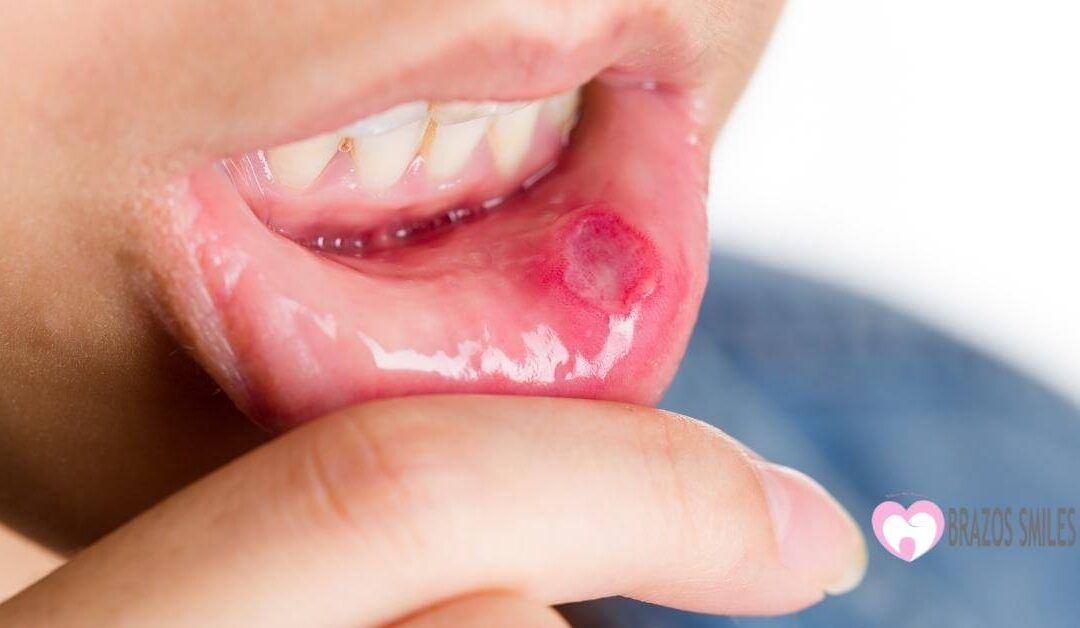The emergence of wisdom teeth is a natural part of growing up, but for many individuals, it can lead to questions and concerns about the need for removal. Wisdom teeth, also known as third molars, typically make their appearance during the late teens or early twenties. While some people experience no issues with their wisdom teeth and they grow in without problems, others may encounter various dental complications that necessitate their removal.
In this blog, we will delve into the reasons why wisdom teeth removal is often recommended and explore the potential problems that can arise if they are left untreated. By addressing wisdom teeth concerns, individuals can make informed decisions about their oral health and seek appropriate care when needed.
Wisdom teeth have historical significance as they were once vital for our ancestors to chew uncooked and rough foods. However, as our diets evolved and our jaws became smaller, many individuals now lack sufficient space for the comfortable eruption and proper alignment of their wisdom teeth. One of the most common reasons for wisdom teeth removal is when they become impacted. Impacted wisdom teeth occur when there is not enough room for them to grow properly, causing them to remain trapped within the jawbone or gum tissue. This can lead to pain, infection, and damage to adjacent teeth, making removal a necessary step in preventing further complications.
Another concern associated with wisdom teeth is crowding. As they attempt to emerge, wisdom teeth can exert pressure on existing teeth, leading to misalignment and crowding. We can prevent this unwanted shifting by removing wisdom teeth and maintaining proper dental alignment. Furthermore, wisdom teeth are located at the back of the mouth, making cleaning challenging. This difficulty in cleaning can make them more susceptible to tooth decay and gum disease, leading to potential oral health problems. Removing wisdom teeth can help prevent these issues and maintain better oral hygiene.
An experienced oral surgeon or dentist typically performs the wisdom teeth removal process. Depending on the complexity of the case and the number of wisdom teeth to be removed, local anesthesia, sedation, or general anaesthesia may be used to ensure the patient’s comfort during the procedure. By gaining insight into the wisdom teeth removal process and understanding the potential benefits of timely removal, individuals can confidently approach the procedure, knowing that they are taking proactive steps to safeguard their oral health. So, let’s explore the world of wisdom teeth and uncover the advantages of addressing their concerns, ensuring a healthier and brighter smile for years to come.
The Emergence of Wisdom Teeth Nature’s Late Bloomers
Wisdom teeth, also known as third molars, are the last set of molars to emerge in the mouth. This typically occurs during the late teens or early twenties, hence the term “wisdom teeth” as it coincides with this age of gaining maturity and wisdom. Historically, these teeth significantly influenced our ancestors’ ability to chew rough, uncooked foods. However, with our diets’ evolution and jaw size changes over time, many individuals now lack adequate space for their wisdom teeth to grow comfortably and properly align.

As wisdom teeth develop, they often attempt to emerge at the back of the mouth, where there might not be enough room for them to erupt fully. This can lead to various dental issues, causing discomfort and requiring intervention. Understanding the natural process of wisdom teeth emergence can help individuals anticipate potential challenges and make informed decisions about their oral health.
Impacted Wisdom Teeth Unraveling the Complications
Impaction is one of wisdom teeth’s most common and significant concerns. Impacted wisdom teeth occur when they are unable to fully break through the gum line or emerge due to lack of space. This condition can lead to various complications, as the impacted teeth may remain partially or completely trapped within the jawbone or gum tissue.

Impacted wisdom teeth can cause discomfort, swelling, and tenderness in the affected area. Additionally, they create pockets around the tooth, which become difficult to clean properly, leading to an increased risk of bacterial growth and infection. Furthermore, impacted wisdom teeth can pressure neighboring teeth, potentially causing misalignment and crowding.
Promptly Addressing impacted wisdom teeth is crucial to prevent further complications and maintain oral health. Dentists and oral surgeons can assess the condition and recommend appropriate treatment, which often involves the removal of the impacted teeth.
Crowding and Misalignment The Impact of Wisdom Teeth
The emergence of wisdom teeth can exert significant pressure on the existing teeth, especially if there is insufficient space in the mouth. This pressure can cause adjacent teeth to shift and become misaligned, leading to crowding issues. Misalignment can affect the smile’s appearance and compromise the bite and overall dental function. For individuals previously undergoing orthodontic treatment, wisdom teeth can potentially undo the alignment achieved through braces or other dental interventions. This can be particularly concerning, as it may necessitate further orthodontic treatment to correct the newly developed misalignment.
To avoid the potential complications of crowding and misalignment, dentists often recommend the removal of wisdom teeth. By addressing these issues early on, individuals can preserve their dental alignment and prevent the need for additional orthodontic interventions.
Oral Hygiene Challenges Cleaning Wisdom Teeth at the Back
The location of wisdom teeth at the back of the mouth poses unique challenges when it comes to maintaining proper oral hygiene. Due to their position, wisdom teeth are harder to reach and clean thoroughly with regular brushing and flossing. As a result, food particles and bacteria can accumulate around these teeth, increasing the risk of tooth decay, gum disease, and infections.

The difficulty in cleaning wisdom teeth makes them more susceptible to cavities and gum problems. If left untreated, these issues can progress, leading to more extensive dental problems.
To mitigate the oral hygiene challenges posed by wisdom teeth, dentists often recommend the removal of these teeth, especially if there are indications of decay or gum disease. Removing wisdom teeth can prevent future dental complications and support better overall oral health.
The Wisdom Teeth Removal Process Understanding the Procedure
The wisdom teeth removal process is a common dental procedure performed by oral surgeons or experienced dentists. Before the extraction, the dental professional will conduct a thorough examination, including X-rays, to assess the position and condition of the wisdom teeth.

Depending on the complexity of the case and the number of wisdom teeth to be removed, the dental professional may use local anesthesia, sedation, or general anesthesia to ensure the patient’s comfort during the procedure. The oral surgeon or dentist will carefully remove the wisdom teeth from the gum tissue and jawbone during the extraction. Once the extraction is complete, the patient will receive post-operative instructions for care and recovery. The recovery period after wisdom teeth removal typically involves some discomfort and swelling, but following the dentist’s post-operative instructions can help manage these symptoms effectively.
Conclusion:
The need for wisdom teeth removal is a common dental consideration that arises for many individuals. As the last set of molars to emerge, wisdom teeth often face challenges due to the evolution of our diets and jaw size over time. Understanding the potential issues that can arise with wisdom teeth is essential in making informed decisions about their removal and maintaining optimal oral health. Impacted wisdom teeth can lead to discomfort, infection, and damage to adjacent teeth, necessitating timely intervention to prevent further complications. Additionally, the pressure exerted by emerging wisdom teeth can cause misalignment and crowding, potentially undoing previous orthodontic treatment.
The location of wisdom teeth at the back of the mouth presents oral hygiene challenges, making thorough cleaning difficult and increasing the risk of dental issues. Addressing these concerns early on and considering the removal of wisdom teeth can help prevent future dental problems and maintain dental alignment. The wisdom teeth removal process is a routine and well-practised dental procedure experienced professionals perform. The use of anaesthesia ensures patient comfort during the extraction, and post-operative care guidelines aid in managing discomfort and promoting a smooth recovery.
Ultimately, by being proactive in seeking dental evaluation and treatment, individuals can address wisdom teeth concerns effectively and maintain a healthy and pain-free smile for the long term. Consulting with a dentist or oral surgeon and understanding the potential benefits of wisdom teeth removal empowers individuals to take charge of their oral health and make decisions that support overall well-being.
So, let’s embrace the wisdom of seeking professional dental care when needed and prioritize our oral health, ensuring a brighter and healthier smile for years to come. Whether it’s preventive care, addressing impaction, or managing oral hygiene, taking the necessary steps can lead to a lifetime of dental vitality and confidence in our smiles.






